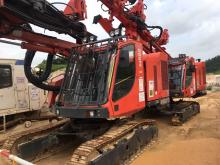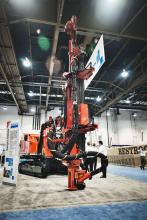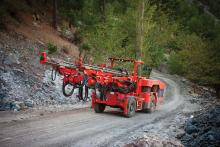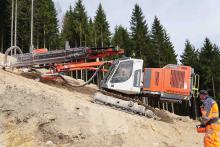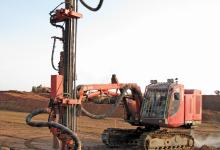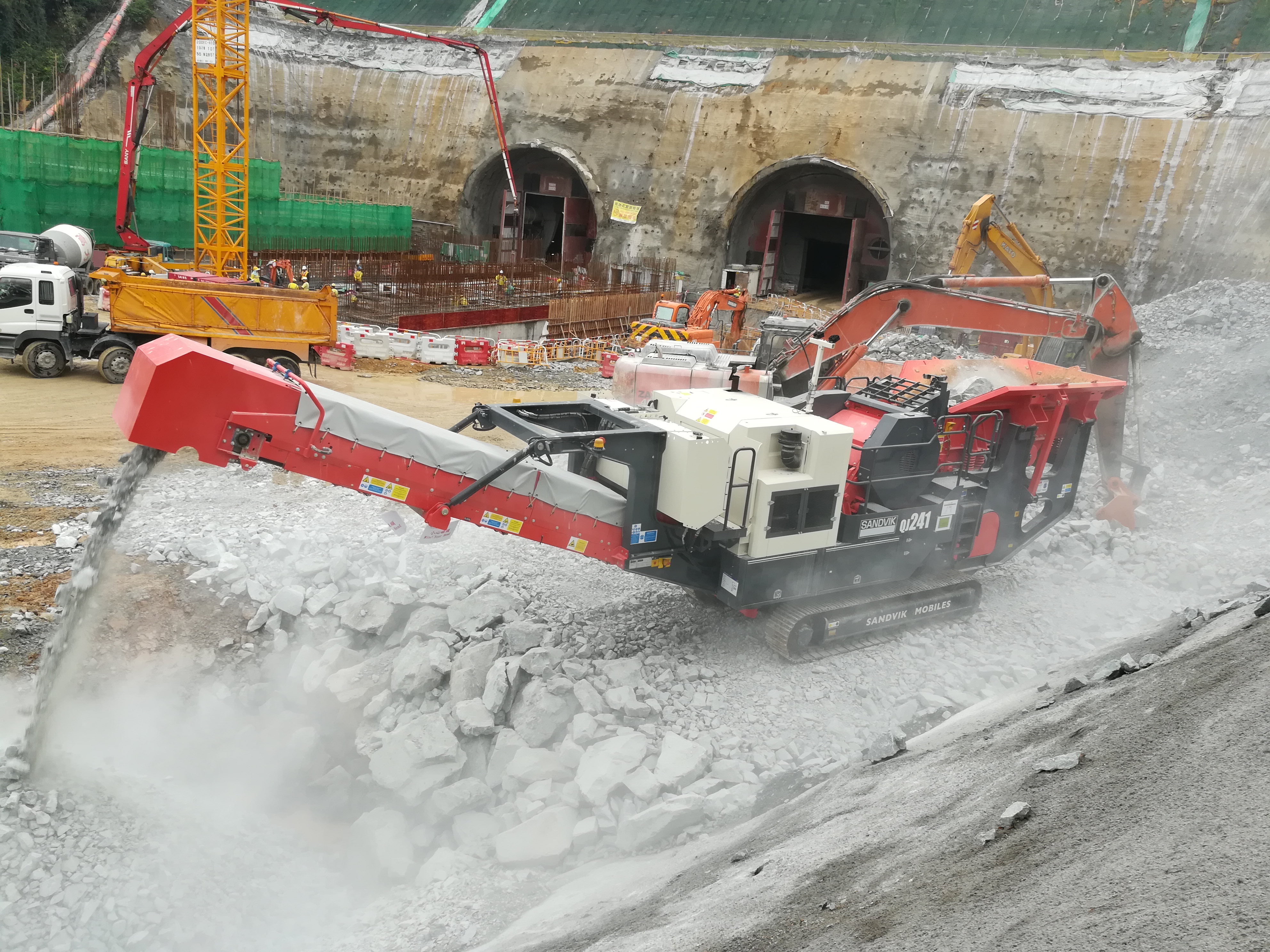
Machines from
This project includes the construction of highways and tunnels. The crushing and drilling equipment from Sandvik Mining and Rock Technology being used for the work is being supported by Sandvik’s Hong Kong office.
The new Liantang/Heung Yuen Wai BCP will be the seventh land crossing between Shenzhen and Hong Kong. When complete, transport will be more efficient and the BCP will play a strategic role in sustaining long-term economic growth.
There are currently two existing BCPs (Boundary Control Points) on the eastern side of the New Territories between China and Hong Kong. These are located at Man Kam To and Sha Tau Kok, being mainly used to access eastern Shenzhen and Guangdong. Cross-boundary traffic travelling from these BCPs has to travel through local roads in Hong Kong and Shenzhen before joining the highways, resulting in congestion and delays. The Liantang/Heung Yuen Wai BCP will alleviate this, connecting the expressway systems in Hong Kong and Shenzhen, reducing travelling time between Hong Kong and eastern Guangdong, as well as southern Fujian and Jiangxi.
The new BCP will help redistribute the cross-boundary vehicular traffic amongst the crossings in the east, helping cut traffic at the Man Kam To and Sha Tau Kok BCPs. In addition four interchanges along the connecting road at the junctions with Fanling Highway, Sha Tau Kok Road, Ping Yuen Road and Lin Ma Hang Road will be constructed with a new road connection being built. One of the major areas of development for the new BCP will see the construction of a new highway, viaducts and a 700m road tunnel. The works are scheduled for completion by the end of 2018 with a budgeted cost in the region of $769 million. Termed Contract 6, this part of the BCP is being undertaken by a joint venture comprising China Road and Bridge Corp (CRBC) from mainland China, Continental Engineering Corp (CEC) from Taiwan and Hong Kong-based Kaden Construction: the CRBC-CEC-Kaden JV.
When finished, Contract 6 will provide a new 4.6km-long dual two-lane trunk road, 3.3km of viaducts and a new 0.7km tunnel. These will connect the Tau Kok Road Interchange to the new BCP, and will also see environmental mitigation, landscaping, as well as new drainage/sewerage utilities and waterworks.
Contract 6 requires the use of different techniques in order to deliver the project on time, and to budget. In order to achieve this CRBC-CEC-Kaden JV has been keen to use the latest equipment. The first part of Contract 6 required the JV to invest in three Ranger DX800 surface drill rigs. A Ranger DQ500 and Ranger DX700 were also working at this site. The drill rigs were used for the open cut of the hills by drill and break. Drill and blast was not possible as blasting was not permitted. The Ranger DX800 however proved to be highly suited to the application and progress was rapid.
The Ranger DX800 used has been redesigned to accommodate additional features based on customer feedback. One of the new features is the revolving superstructure enabling larger drilling coverage. While able to rotate, stability is ensured thanks to its innovative structure, keeping the counterweight on the opposite side of the boom. In addition, the rig has a THC700 drilling control system that automatically adjusts to changing rock formations. This has been designed to ensure smooth rotation, solid rock contact and fast penetration in different rock conditions. Operating costs are cut due to the rig’s low fuel consumption rates that are achieved with a new advanced eco-package and engine RPM adjustment.
For the excavation of the dual two-lane tunnel, Sandvik supplied tunnelling jumbos: three DT1230is and a DT820-SC. These were required as each tunnel is 14m wide and 11m high for two lines of traffic on the two main tunnels as well as some small cross passage tunnels.
The Sandvik DT1230i is a computer-controlled three-boom electro-hydraulic jumbo for tunnelling and cavern excavation of 20-211m² cross sections, as well as face, bolt hole, and long-hole drilling. Together with the iSURETM tunnel management program, intelligent iDATA control system, high frequency RD525 drills, robust booms and advanced drill string guides, it is said to offer high quality at low operating cost.
Sandvik has also supplied two QJ241 tracked jaw crushers. These crush the excavated granite in order to provide a base for the road construction in the tunnel. Here the attributes of the Sandvik QJ241 have been shown to its full capability. Although granite is a hard and notoriously difficult rock to crush, the Sandvik QJ241 has dealt with the 600mm feed-size in order to produce a -250mm product. This is further fed into the second Sandvik QJ241 in order to produce a -40mm product for the tunnel refilling.

